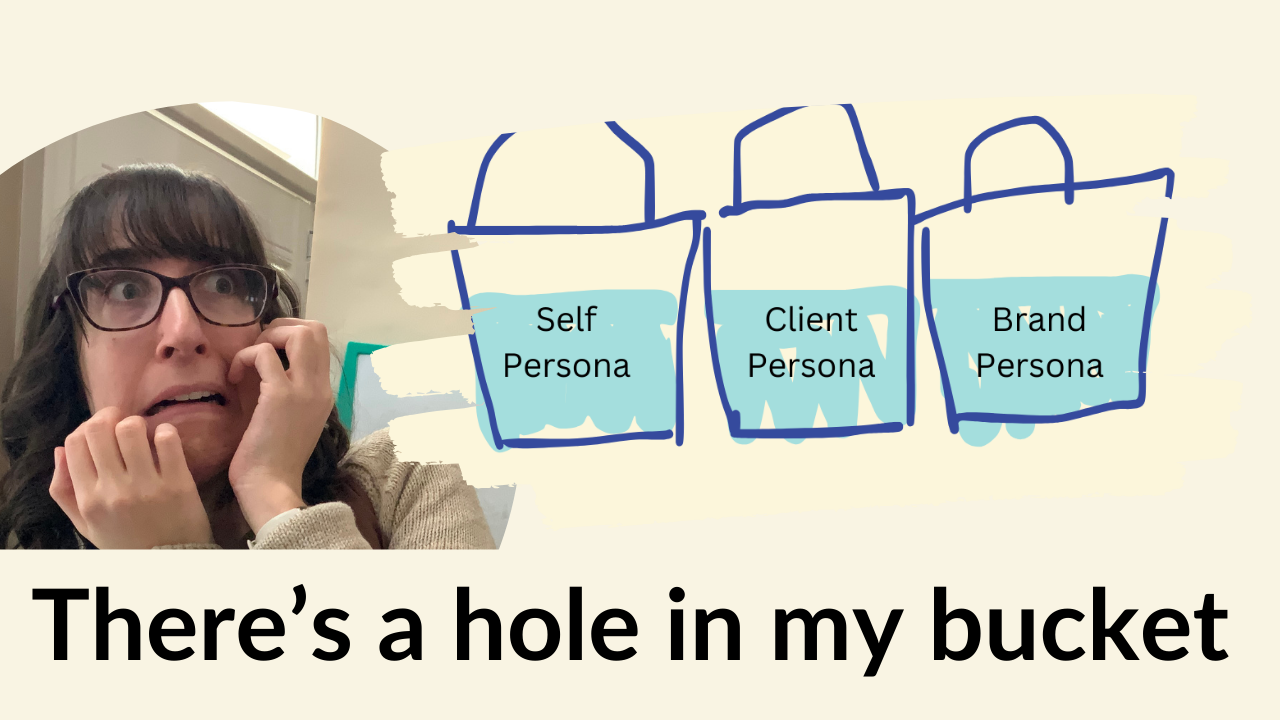Do you ever feel like you’re juggling identities, trying to balance your own essence with the expectations of your clients and the image of your brand?
It’s a struggle that many of us face, especially those in the field of art therapy.
Picture this You’re an artist at heart, a healer by profession, and a brand ambassador by necessity.
But how do you navigate the intricate dance between your authentic self, the diverse personalities of your clients, and the polished facade of your brand?
In this journey of self-discovery and professional growth, understanding the interplay of these personas is essential. As an art therapist, your work is deeply personal, rooted in empathy and creativity. But in a world where branding is king, how do you stay true to yourself while building a brand that resonates with your audience? Let’s delve into the fascinating world of personality—your own, your clients’, and your brand’s—and uncover the philosophy that will guide you through the maze of branding dilemmas.
Understanding the Personality Philosophy
Imagine three buckets before us: one representing our personal identity, one symbolizing our client’s needs, and the other embodying our brand’s essence. Each bucket holds a vital piece of the puzzle in crafting a compelling brand story.
- The Self: This bucket reflects our authentic self-expression, encompassing how we interact, communicate, and present ourselves to the world. It’s about staying true to who we are while navigating the nuances of branding.
- The Client: Here lies a deep understanding of our clients’ preferences, pain points, and aspirations. It’s about molding our services to cater to their needs, fostering trust, and building lasting relationships.
- The Brand: This bucket encapsulates the story and message our brand conveys to our ideal clients. It’s about creating a distinct identity that resonates with our audience while staying true to our personal why.
Finding the Balance
As art therapists, it’s easy to lean too heavily into one personality type over the others. Some may prioritize their own self-expression, infusing every aspect of their brand with personal anecdotes and preferences. Others might become overly client-focused, losing sight of their brand’s unique identity in the pursuit of meeting every client demand.
However, the key lies in finding a delicate balance—a harmony of self, client, and brand. Think of it as blending ingredients in a cauldron, each contributing to the richness of the final brew.
Pros and Cons of Each Personality Type
- The Self: Leading with authenticity fosters genuine connections and meaningful relationships. However, excessive self-centeredness can overshadow the client’s needs and compromise the brand’s effectiveness.
- The Client: Prioritizing the client’s needs builds trust and loyalty, laying the foundation for long-term relationships. Yet, excessive people-pleasing may lead to brand dilution and loss of identity.
- The Brand: A consistent brand image enhances recognition and trust. However, without a clear strategy or purpose, it risks becoming superficial and ineffective.
Striking the Perfect Blend
To create a successful art therapy brand, we must draw from each personality type without neglecting the others. It’s about authentically expressing ourselves, meeting our clients’ needs, and crafting a brand identity that speaks to both.
In Conclusion…
In the fast-paced world of art therapy, building trust and maintaining authenticity are paramount. By embracing the complexities of the self, the client, and the brand, we can create a brand that stands out, resonates with our audience, and fosters lasting connections.
So, fellow art therapists, let’s take wing on this journey of self-discovery and empathy, weaving together the threads of our personalities to craft brands that inspire, heal, and transform lives. Until next time, stay inspired and keep creating!
